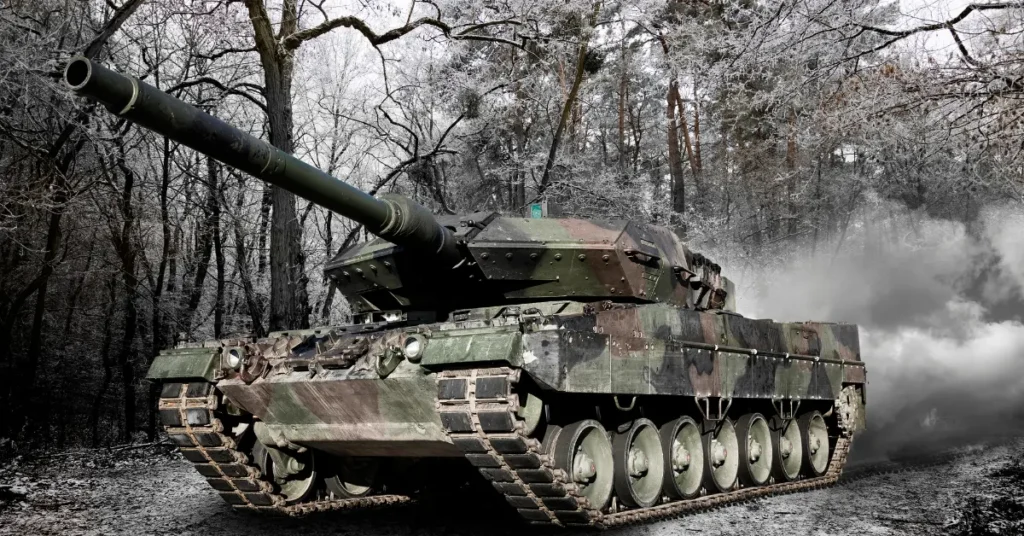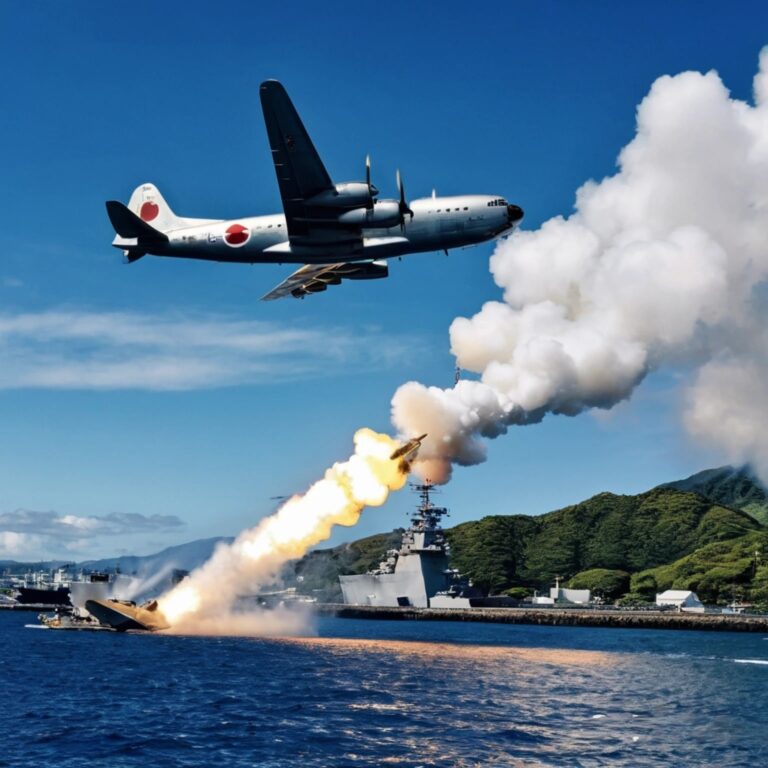
Hitler’s Quest to Reclaim lost land
Soon after coming to power in 1933, Hitler had one clear policy: expansionism and reclaiming the lost glory of Germany, which he called the Third Reich (Third Empire). Hitler wanted to reclaim all the land which Germany lost after WWI.
He felt that the treaty’s terms signed in 1919 were unacceptable as Allied powers forced them to signed the treaty on their own terms.
The provisions were sanctions were so harsh that Germany was unable to pay the war reparations Є6.6 billion when Great depression came in 1929 came and Germany was unable to receive the aid it was getting from US.
But With each year passing by during his reign, he just made a mockery of the treaty and started slowly capturing the lost land by the Germans like Rhineland and started militarizing the Army in large numbers.
Hitler’s non – aggression pact with Poland
One of Adolf Hitler’s first major foreign policy initiatives after coming to power in 1933 was the signing of a non-aggression pact with Poland in January 1934.
This decision was unpopular among many Germans, who supported Hitler but were dissatisfied but later accepted Poland’s acceptance of the German provinces, West Prussia, Posen (Poznań), and Upper Silesia after the First World War by the Treaty of Versailles.
However, Hitler sought the Non-Aggression Pact to neutralize the possibility of a Franco-Polish military alliance against Germany before Germany could rearm after World War I.
Moreover, the bombing of Guernica in 1937 provided a perfect situation for Hitler to attack Poland to show its prowess to the Allied powers.
Appeasment in Europe
In the mid-to-late 1930s, France and especially Britain pursued a foreign policy of appeasement. The policy of appeasement was closely linked to the British Prime Minister, Neville Chamberlain.
This policy aimed to maintain European peace through limited concessions to German demands. In Britain, public opinion favored some revision of the territorial and military provisions of the Treaty of Versailles.
Furthermore, neither Britain nor France felt militarily prepared to wage war against Nazi Germany.
Britain and France essentially agreed that Nazi Germany
i. lifted the Treaty of Versailles restrictions on its army (1935)
ii. remilitarized the Rhineland (1936);
iii. and annexed Austria (March 1938).
In response to Hitler’s threat to wage war on Czechoslovakia, British and French leaders signed the Munich Agreement in September 1938. This agreement gave Germany the Czech border region known as the Sudetenland in exchange for Hitler’s promise of peacefully resolving any future conflict.
Despite Hitler’s promises in Munich and Anglo-French assurances to defend Czechoslovakia, the Germans dissolved the Czechoslovak state in March 1939.
Great Britain and France responded by guaranteeing the integrity of the Polish state. However, this did not prevent Hitler from allowing himself to be dissuaded from war by threats or concessions.
On April 28, 1939, he announced Germany’s withdrawal from the non-aggression pact concluded with Poland just over five years earlier. Hitler negotiated a non-aggression pact with the Soviet Union in August 1939.
The German-Soviet pact also known as Molotov Ribbentrop pact, which secretly provided for a division of Poland between the two powers, allowed Germany to attack Poland without fear of Soviet intervention.

Invasion and partition of Poland
On September 1, 1939, Germany invaded Poland. To justify this action, Nazi propagandists accused Poland of persecuting ethnic Germans living in Poland. They also falsely claimed that Poland, with its allies Great Britain and France, planned to encircle and dismember Germany.
The SS, in consultation with the German army, organized a mock attack on a German radio station under the Operation Himmler. The Germans wrongly accused the Poles of being responsible for this attack. Hitler then used this action to launch a “retaliatory action” against Poland.

Germany launched the unprovoked attack at dawn on September 1, 1939, with a vanguard of more than 2,000 tanks, supported by almost 900 bombers and more than 400 fighters. Germany deployed 60 divisions and nearly 1.5 million soldiers during the invasion.
From East Prussia and Germany to the north and Silesia and Slovakia to the south, German units quickly broke through Polish defenses along the border. They advanced towards Warsaw in a massive, enveloping attack.
As Germany knew once they attacked Poland, the UK, and France would come, they planned to finish the invasion quickly before the French and British troops had time to mobilize.
The Polish plan known as Plan West was to first protect their western borders as that region was the country’s industrial heart of the country/But it became a big mistake as they did not mobilize their troops, which got them encircled.
The 800,000 Red Soldiers also invaded Poland on the pretext of historical claims on his territory and to protect the Ukrainian people.
From East Prussia and Germany to the north and Silesia and Slovakia to the south, German units quickly broke through Polish defenses along the border. They advanced towards Warsaw in a massive, enveloping attack.
Poland mobilized late Allied powers such as UK and France ordered Poland to restrain from going to war initially as it will provoke Hitler. And forced its army to deploy inopportunely.
The Polish military also lacked modern weapons and equipment, had few armored and motorized units, and could barely field more than 300 aircraft, most of which were destroyed by the Luftwaffe and Panzer Troops in the first days of the invasion.
The UK and France joined on September 3rd, 1939,but they hardly did anything apart from fighting in little skirmishes
Although the Polish army fought hard and inflicted heavy losses on the Germans, it was defeated within a few weeks and surrendered on 27th September ,1939. The world introduced a new term to describe Germany’s successful war tactics: Blitzkrieg or “Blitzkrieg.”
The tactic was to launch a surprise attack with massive, concentrated forces of rapidly moving tank units supported by overwhelming air power to which Poland has no answer to.
German occupation of Poland
In October 1939, Germany directly annexed the former Polish territories along Germany’s eastern border: West Prussia, Posen (Poznań), Upper Silesia, and the former Free City of Danzig.
The rest of German-occupied Poland, including the cities of Warsaw, Krakow, Radom, and Lublin, was organized in the form of a so-called general government under the leadership of a civilian governor-general, an advocate of the Nazi Party. Hans Frank.
In June 1941, Nazi Germany invaded Soviet-occupied eastern Poland as part of its attack on the Soviet Union under operation Barbarossa. Eventually, Nazi Germany occupied all of pre-war Poland.
The German occupation of Poland ended when the Soviet Red Army forced the German army to retreat across the country towards Berlin in 1944 and early 1945.
The largest concentration camp, which was made for Jews in Auschwitz, was freed once the Soviet Army and other Allied troops reached the German resistance was over.




